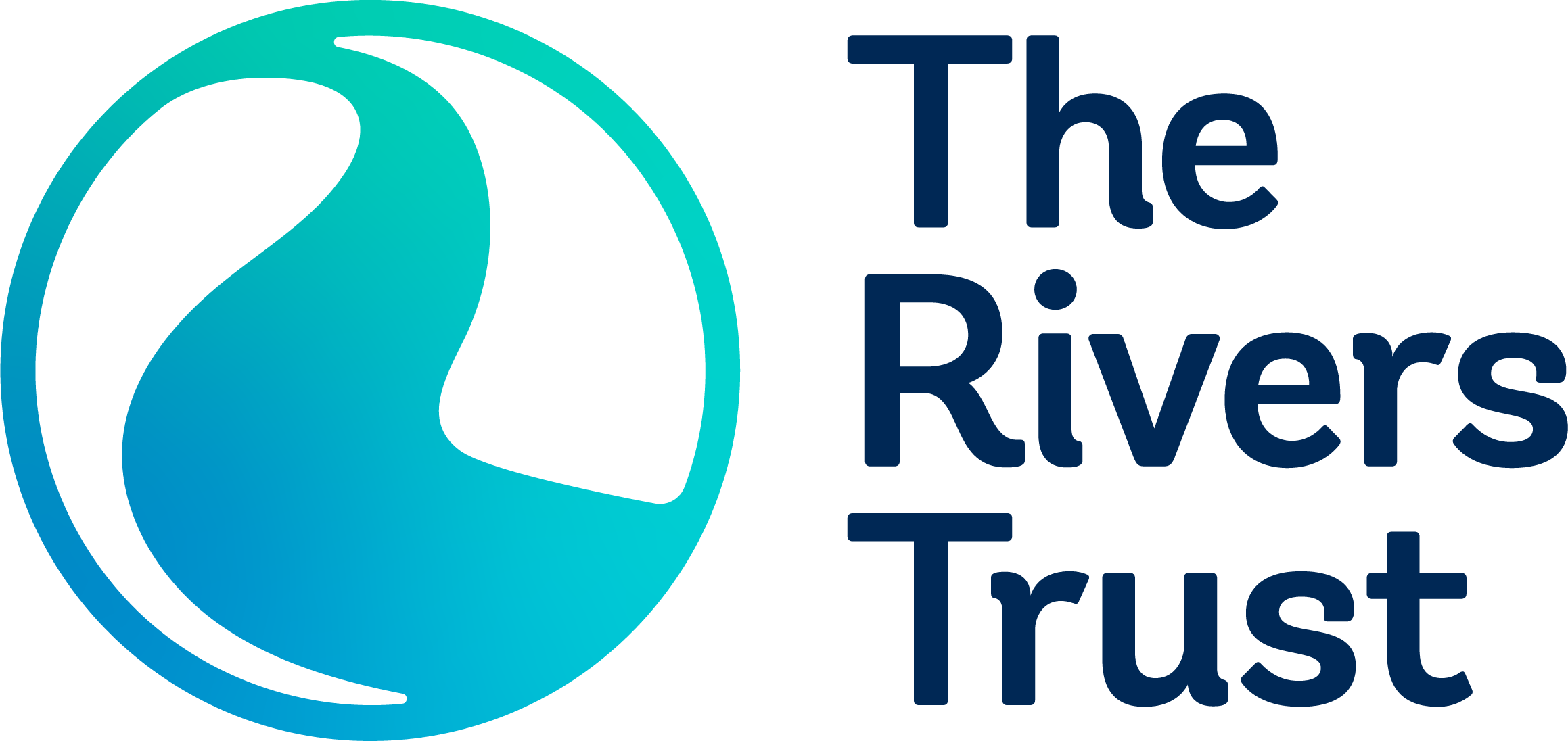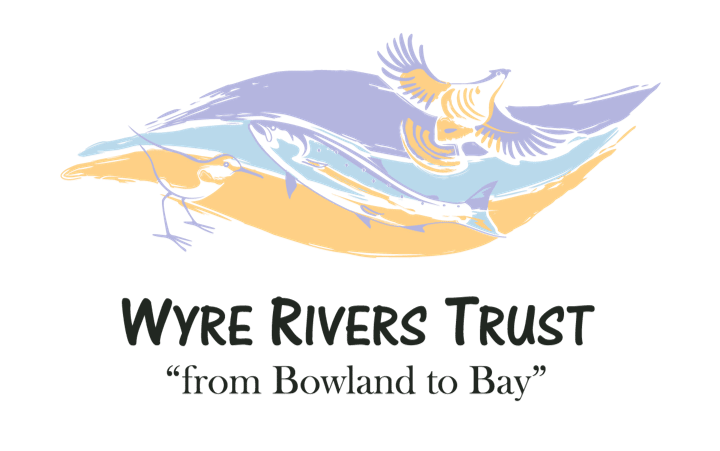Project Summary
The Wyre Catchment Natural Flood Management Project is the first example in the UK of private investment enabling the delivery of natural flood management. The project will deliver more than 1,000 targeted measures to store, slow and intercept flood water and reduce peak flow in a catchment in England, with the interventions hosted by local farmers. Beneficiaries of the reduced flood risk are paying for the interventions, and the Project’s Community Interest Company has successfully raised a nine-year £850k private loan facility to help fund the interventions.
Acknowledgements
With many thanks for their time and insight on this case study:
Dan Turner, Technical Lead, Land Management and Market Creation, The Rivers Trust

Thomas Myerscough, General Manager, Wyre Rivers Trust

Date published: 08/12/2022
Identifying community stakeholders
The project is designed to reduce flood risk in a small catchment area in Lancashire, primarily benefiting the local community of Churchtown, which has around 85 homes and 300 residents. This area was chosen because it had historically experienced severe flooding and the Environment Agency had determined that the cost benefit analysis did not support the installation of further grey infrastructure. The project team felt therefore that this project could support much needed flood resilience in the community, and decided to make community engagement a key value of the project.
It considered first what groups would be best to engage with.
Firstly, the local residents themselves were considered to be a ‘high interest, low power’ stakeholder group, due to the degree of co-ordination it would need to communicate with this large and dispersed group. The project team decided early on to try and create a two-way dialogue throughout the project’s lifespan, such as through social media and the metrics dashboard it would make public (see below).
Secondly, the Churchtown Flood Action Group (FLAG) was identified as a ‘high interest, high power’ community group, consisting of residents that were focused on reducing flood risk and supporting flood recovery in Churchtown. They meet once a month and undertake many activities, such as the appointment of flood wardens in community planning and the creation of their own earth bund with government and philanthropic funding. The Churchtown FLAG attends Northwest Regional Flood and Coastal Committee meetings, overseen by one of the buyers of the project, the Wyre Flood Forum and has regular meetings with the Wyre Water Catchment Partnership.
The project team therefore saw the Churchtown FLAG as a key stakeholder group that should be made aware of the project early in its development. It could also help with outreach to the wider community and other relevant groups, such as catchment-based partnerships. However, as flooding in Churchtown was an emotive subject and the FLAG had developed its own knowledge base around natural flood management projects, the project team recognised that early engagement with this group must be thought through to manage expectations appropriately and share its learnings.
Communicating with Stakeholders
The project’s initial contact with the Churchtown FLAG was made through the Wyre Rivers Trust.
As with seller engagement (See Milestone 2), the project team thought it best to engage the community with a trusted local body present. The Wyre Rivers Trust had a pre-existing line of contact with the Churchtown FLAG through an existing DEFRA Community NFM Project and the Wyre Flood Forum, which meets quarterly to discuss flood resilience across the Wyre catchment. Members include relevant FLAGs, elected officials, the local community, Flood Risk Management Authorities (Environment Agency, United Utilities, Lancashire County Council, Wyre Council), Wyre Rivers Trust and other statutory organisations
The Flood Forum were probably first told about the potential for the project in 2019, and then updated on a quarterly basis from then onward.
As the project was still in an early stage of development, the project team were careful to manage expectations with the phrasing of their intentions. For example, the project team stated that it aimed to develop the mechanisms to deliver NFM solutions, rather than promising to deliver NFM solutions directly. Information was also shared on the proposed interventions, its catchment based approach and the project team’s longer term ambition of replicating this project elsewhere in England.
Members of the Wyre Flood Forum, including the Churchtown FLAG, approved of the project’s ambition and it was agreed that the Wyre Rivers Trust would continue to represent the project at the Forum’s quarterly meetings. The Churchtown FLAG were appreciative of the opportunity to increase the local catchment’s knowledge capital on natural flood management solutions and help to relieve local anxiety of flood risk.
However, the Forum members had a number of questions that the project team then turned into an FAQ document, which it later posted on the Flood Hub as a public facing resource. The Churchtown FLAG used this to promote the project to the wider community.
A visit to the Wyre Catchment Natural Flood Management project area was held in June 2022 and members of the Flood Forum received a presentation on the project and on other natural flood management activities which have taken place in the last five to ten years.
Sharing Outcomes and Benefits
The project has three distinct features that help to share outcomes and benefits with the local community; the asset lock, the representative director role and the performance dashboard.
Firstly, in forming a Community Interest Company (CIC) to host the project (See Milestone 6), the project team was able to set up a complete ‘asset lock’. This requires any transfer of assets out of the CIC, such as retained profits, to be used only for community-led services and activities that promote awareness and help address risks associated with flooding, climate change, biodiversity loss and other environmental issues. The project team considered this an important mechanism for demonstrating credibility in sharing benefits with the community.
Secondly, to promote a sense of ownership in the project, the team has created Director role within the CIC’s governance structure to represent the community, alongside other Directors such as the buyer, investor, and landowner representatives. Voting rights are split equally between all seven Directors. The person who has accepted the role was recommended by the Wyre Rivers Trust and was actively involved in the communications with the local community during project development. Going forward, this Director is responsible for continued engagement with the local community and reporting feedback and other community-based insight to the project’s board.
Finally, a ‘metrics dashboard’ is being developed that reports on the project’s performance. This is an online platform that will demonstrate the number of interventions successfully installed over the first three years and the performance statistics of these interventions after flooding events. This dashboard will be used by the directors and other core project partners in managing the project, but there will also be a ‘public view’ with less detailed information that will be promoted locally. With the dashboard, the project team aim to convey a sense of transparency with the community on the project’s performance, which will support engagement over the project’s lifespan. The project team have earmarked funds within the financial model to develop and manage this dashboard (See Milestone 5).
Photo credit: The Wyre Rivers Trust